Agapi Davradou
Detection and Segmentation of Pancreas using Morphological Snakes and Deep Convolutional Neural Networks
Feb 13, 2023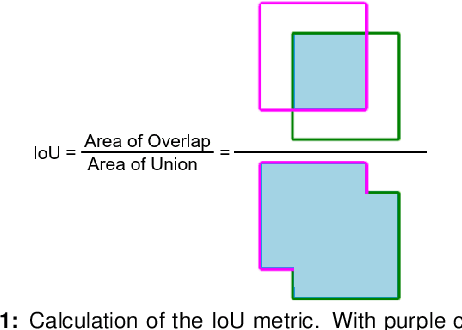

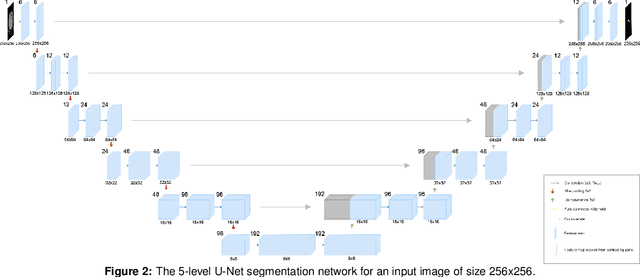
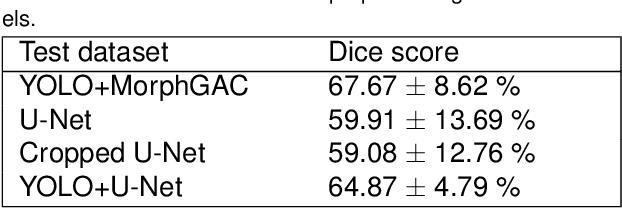
Abstract:Pancreatic cancer is one of the deadliest types of cancer, with 25% of the diagnosed patients surviving for only one year and 6% of them for five. Computed tomography (CT) screening trials have played a key role in improving early detection of pancreatic cancer, which has shown significant improvement in patient survival rates. However, advanced analysis of such images often requires manual segmentation of the pancreas, which is a time-consuming task. Moreover, pancreas presents high variability in shape, while occupying only a very small area of the entire abdominal CT scans, which increases the complexity of the problem. The rapid development of deep learning can contribute to offering robust algorithms that provide inexpensive, accurate, and user-independent segmentation results that can guide the domain experts. This dissertation addresses this task by investigating a two-step approach for pancreas segmentation, by assisting the task with a prior rough localization or detection of pancreas. This rough localization of the pancreas is provided by an estimated probability map and the detection task is achieved by using the YOLOv4 deep learning algorithm. The segmentation task is tackled by a modified U-Net model applied on cropped data, as well as by using a morphological active contours algorithm. For comparison, the U-Net model was also applied on the full CT images, which provide a coarse pancreas segmentation to serve as reference. Experimental results of the detection network on the National Institutes of Health (NIH) dataset and the pancreas tumour task dataset within the Medical Segmentation Decathlon show 50.67% mean Average Precision. The best segmentation network achieved good segmentation results on the NIH dataset, reaching 67.67% Dice score.
Diabetic foot ulcers monitoring by employing super resolution and noise reduction deep learning techniques
Sep 20, 2022
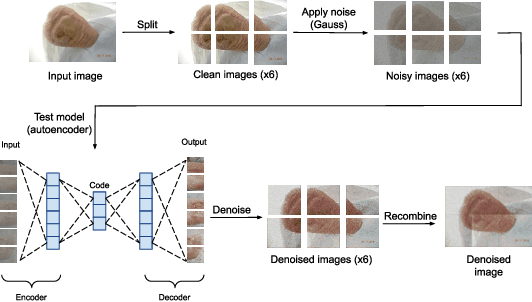


Abstract:Diabetic foot ulcers (DFUs) constitute a serious complication for people with diabetes. The care of DFU patients can be substantially improved through self-management, in order to achieve early-diagnosis, ulcer prevention, and complications management in existing ulcers. In this paper, we investigate two categories of image-to-image translation techniques (ItITT), which will support decision making and monitoring of diabetic foot ulcers: noise reduction and super-resolution. In the former case, we investigated the capabilities on noise removal, for convolutional neural network stacked-autoencoders (CNN-SAE). CNN-SAE was tested on RGB images, induced with Gaussian noise. The latter scenario involves the deployment of four deep learning super-resolution models. The performance of all models, for both scenarios, was evaluated in terms of execution time and perceived quality. Results indicate that applied techniques consist a viable and easy to implement alternative that should be used by any system designed for DFU monitoring.
TraCon: A novel dataset for real-time traffic cones detection using deep learning
May 24, 2022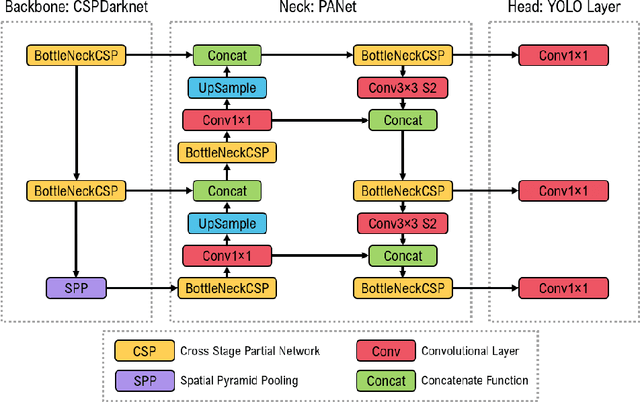

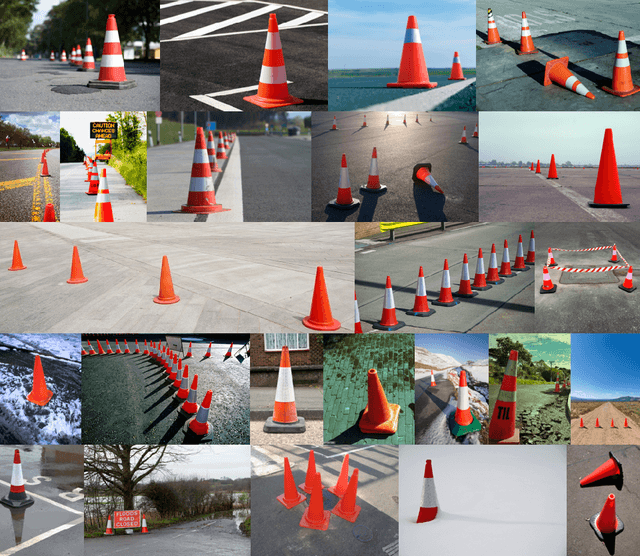
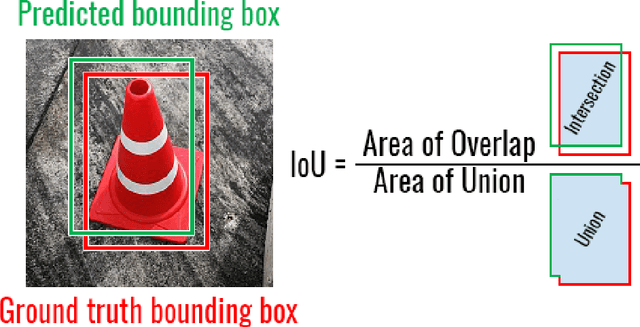
Abstract:Substantial progress has been made in the field of object detection in road scenes. However, it is mainly focused on vehicles and pedestrians. To this end, we investigate traffic cone detection, an object category crucial for road effects and maintenance. In this work, the YOLOv5 algorithm is employed, in order to find a solution for the efficient and fast detection of traffic cones. The YOLOv5 can achieve a high detection accuracy with the score of IoU up to 91.31%. The proposed method is been applied to an RGB roadwork image dataset, collected from various sources.
 Add to Chrome
Add to Chrome Add to Firefox
Add to Firefox Add to Edge
Add to Edge